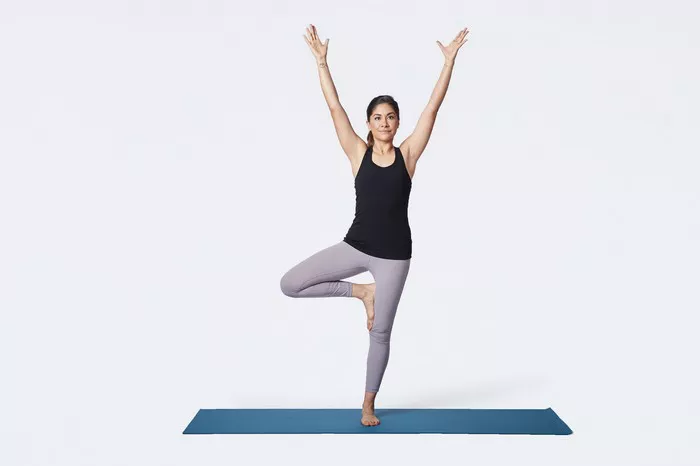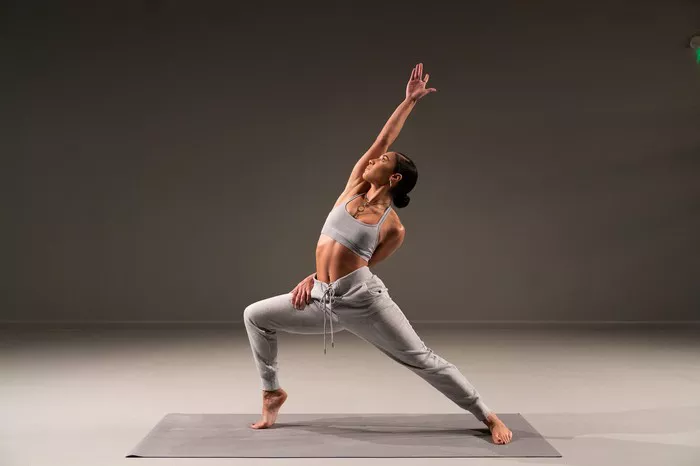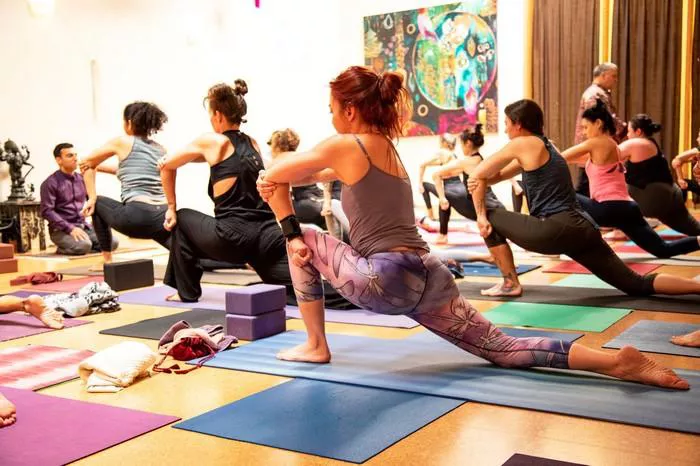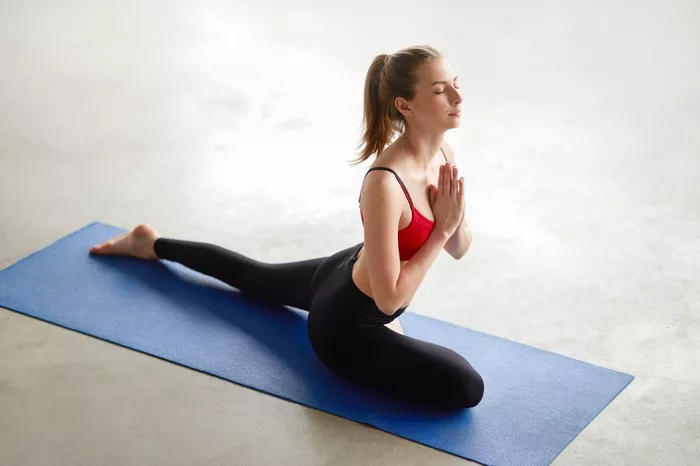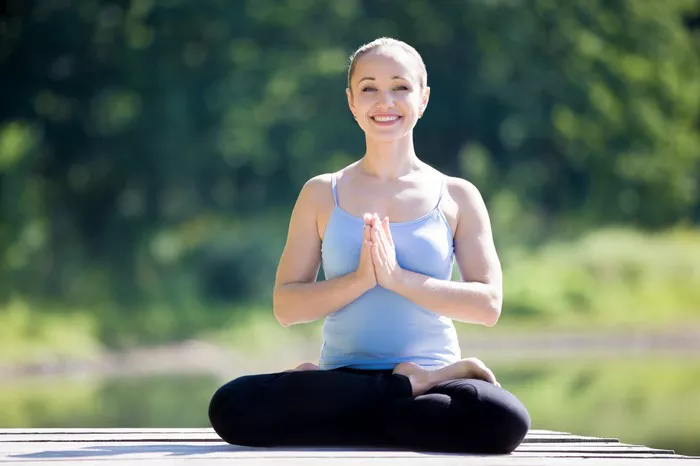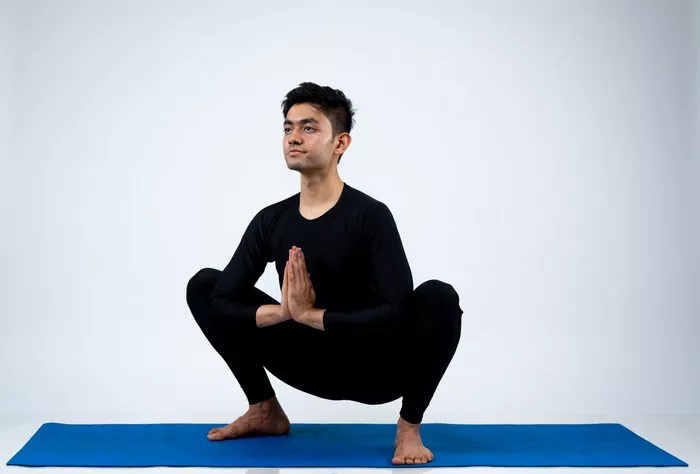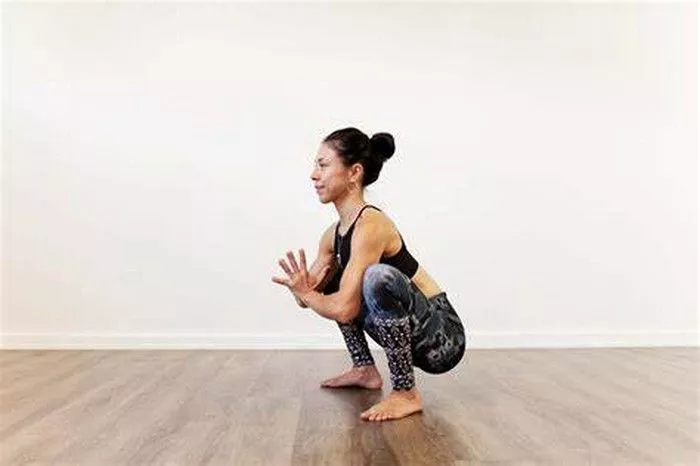Yoga, a practice that has been around for thousands of years, offers a variety of poses that benefit both the body and the mind. Each posture serves a unique purpose, ranging from improving flexibility to building strength and enhancing mental focus. Among these many postures, the Monkey Pose (also known as Hanumanasana) holds a special place, primarily for its deep stretching and strengthening effects. This pose, inspired by the Hindu deity Hanuman, offers not only physical benefits but also spiritual and emotional growth.
In this article, we will explore the Monkey Pose in detail, examining its origins, benefits, proper technique, variations, and how to incorporate it into your yoga practice. Whether you’re a beginner or an experienced practitioner, understanding the nuances of this pose can significantly enhance your yoga practice.
Understanding Hanumanasana (Monkey Pose)
The Mythological Significance of the Pose
The Monkey Pose gets its name from the Hindu deity Hanuman, the monkey god who is celebrated for his immense strength, courage, and devotion. In the ancient Indian epic, the Ramayana, Hanuman is a central character who plays a crucial role in the rescue of Sita, the wife of Lord Rama, from the demon king Ravana. Hanuman’s devotion and heroic acts are seen as a model of loyalty, strength, and perseverance.
In yoga, Hanumanasana symbolizes the leap that Hanuman made to reach the island of Lanka (modern-day Sri Lanka) to rescue Sita. The pose reflects his power, flexibility, and unshakeable determination. By practicing this pose, yoga practitioners not only work on physical flexibility but also metaphorically connect with Hanuman’s qualities of devotion, strength, and overcoming obstacles.
What Does Monkey Pose Involve?
Monkey Pose, or Hanumanasana, is a deep split that requires significant flexibility in the hamstrings, hips, and groin. It involves splitting the legs in opposite directions while keeping the torso upright. The front leg is extended forward, with the foot flexed and the toes reaching toward the floor, while the back leg extends backward with the foot pointed. The arms are typically positioned overhead or placed on the ground for balance.
The pose challenges both the body and mind. It requires flexibility, strength, and concentration to maintain the form correctly. While the pose might seem daunting at first, with regular practice and proper alignment, most practitioners can eventually achieve it.
Benefits of Monkey Pose
The Monkey Pose provides a wide range of benefits, making it an excellent addition to any yoga practice. These benefits can be categorized into physical, mental, and emotional benefits.
Physical Benefits
Stretches the Hamstrings and Hip Flexors: The primary benefit of the Monkey Pose is its ability to stretch the hamstrings, hip flexors, and groin muscles. The deep stretch targets the muscles along the back of the legs, helping to increase flexibility and release tension.
Improves Flexibility: As a split, the pose stretches the muscles and tissues in the lower body, particularly the legs and hips. Over time, regular practice can significantly improve flexibility in the hip joints and hamstrings.
Strengthens the Core and Legs: Although it is primarily a stretching pose, the Monkey Pose also requires strength in the core, legs, and glutes to maintain balance and stability. Holding the position for extended periods helps to build endurance and strength in these muscle groups.
Enhances Balance and Stability: Achieving and maintaining the Monkey Pose demands a strong sense of balance. By holding this pose, practitioners develop better proprioception (the ability to sense the position of the body in space) and improve overall coordination.
Opens the Hips: The wide stance required in the pose helps to open the hips, increasing the range of motion and reducing tightness in this area. This can be particularly beneficial for people who experience tightness in the hips due to prolonged sitting or physical activity.
Releases Tension: Like many deep stretching poses in yoga, Hanumanasana helps to release physical tension stored in the body, especially in the legs, lower back, and hips.
Mental and Emotional Benefits
Promotes Focus and Concentration: To hold the Monkey Pose, practitioners must focus their attention on alignment and stability. This mindfulness cultivates mental concentration, helping to bring clarity and calm to the mind.
Builds Confidence: The challenge of achieving and holding the Monkey Pose can help boost self-confidence. As practitioners gradually work toward mastering the pose, they feel a sense of accomplishment and empowerment.
Encourages Patience and Perseverance: Hanumanasana is not an easy pose to master. Achieving the full split takes time, persistence, and patience. The process of working through the physical and mental obstacles to reach the pose can teach valuable lessons in perseverance and determination.
Relieves Stress: Like many yoga poses, the Monkey Pose can help reduce stress by promoting deep breathing, relaxation, and mental focus. The practice of surrendering to the pose and releasing physical tension helps to reduce anxiety and improve emotional well-being.
How to Practice Monkey Pose
Step-by-Step Instructions
While the Monkey Pose can be intimidating at first, following these steps can help guide you through the process of achieving and holding the pose correctly. Keep in mind that flexibility and strength are developed over time, so be patient with yourself.
Warm Up First: Before attempting Hanumanasana, it is important to warm up your muscles to prevent injury. Begin with gentle stretches and poses that target the hamstrings, hip flexors, and groin muscles. Poses like Downward-Facing Dog, Forward Fold, and Lunge variations can be particularly helpful.
Start in a Lunge Position: Begin in a high lunge with your right foot forward and your left knee on the ground. Make sure your right knee is directly above your ankle. Your torso should be upright, and your arms can be placed on your hips or extended toward the ceiling.
Extend the Right Leg: Slowly begin to straighten your right leg, pushing the heel forward and flexing the foot. Lower your hips as much as possible to deepen the stretch in the hip flexors and hamstrings. Try to keep your hips squared to the floor.
Move into the Full Split: With practice, you can begin to slide your left leg back while keeping your right leg extended. Allow your torso to lengthen forward, bringing your chest closer to your thigh. Keep the back leg straight and the foot pointed downward.
Use Your Hands for Support: As you deepen into the stretch, place your hands on the floor for balance, or extend your arms overhead if you feel stable enough. Engage your core muscles to maintain balance and avoid collapsing in the lower back.
Hold the Pose: Hold the position for several breaths, focusing on the stretch and maintaining balance. Gradually, you can work on holding the pose for longer periods as you build flexibility and strength.
Come Out Slowly: When you are ready to come out of the pose, gently bend your front knee and return to the lunge position. Lower your back knee to the floor and rest in a neutral position for a few breaths before switching to the other side.
Tips for Beginners
Use Props: If you’re unable to reach the full split, consider using props like yoga blocks or cushions under your hands or hips to support your body as you work toward the pose.
Work on Flexibility First: If you are not yet able to achieve the full split, focus on improving flexibility in your hamstrings and hips. Poses like Pigeon Pose and Forward Fold can help increase flexibility and prepare the body for Hanumanasana.
Breathe Deeply: Breathe deeply and steadily throughout the pose to help relax your body and release any tension. Deep breathing also helps improve focus and concentration.
Variations of Monkey Pose
For practitioners who may not be able to perform the full split immediately, there are several variations of the Monkey Pose that can help build toward the full expression of the pose. Here are some helpful variations:
1. Half Monkey Pose (Ardha Hanumanasana)
In this variation, you keep the front leg extended with the foot flexed, but you do not slide the back leg all the way to the ground. This version of the pose is excellent for beginners who may not yet have the flexibility to perform the full split.
2. Supported Monkey Pose
You can use props, such as yoga blocks under the hands or under the hips, to support your body as you move deeper into the pose. This variation is especially helpful for those with limited flexibility in the hips or hamstrings.
3. Monkey Pose with Twists
A more advanced variation of the Monkey Pose involves incorporating a twist to deepen the stretch and challenge the torso. From the full split, rotate the torso to face the extended leg, and reach the opposite arm toward the foot for a deeper stretch.
Conclusion
The Monkey Pose (Hanumanasana) is an incredibly beneficial and powerful yoga posture that stretches the hamstrings, hip flexors, and groin muscles while building strength and stability in the legs and core. It challenges both the body and the mind, requiring patience, flexibility, and focus. Beyond its physical benefits, the pose also offers mental and emotional advantages, helping practitioners build confidence, perseverance, and a sense of inner strength. Whether you’re looking to deepen your practice or simply gain more flexibility and strength, Hanumanasana is a pose worth incorporating into your yoga routine.
Related Topics:




